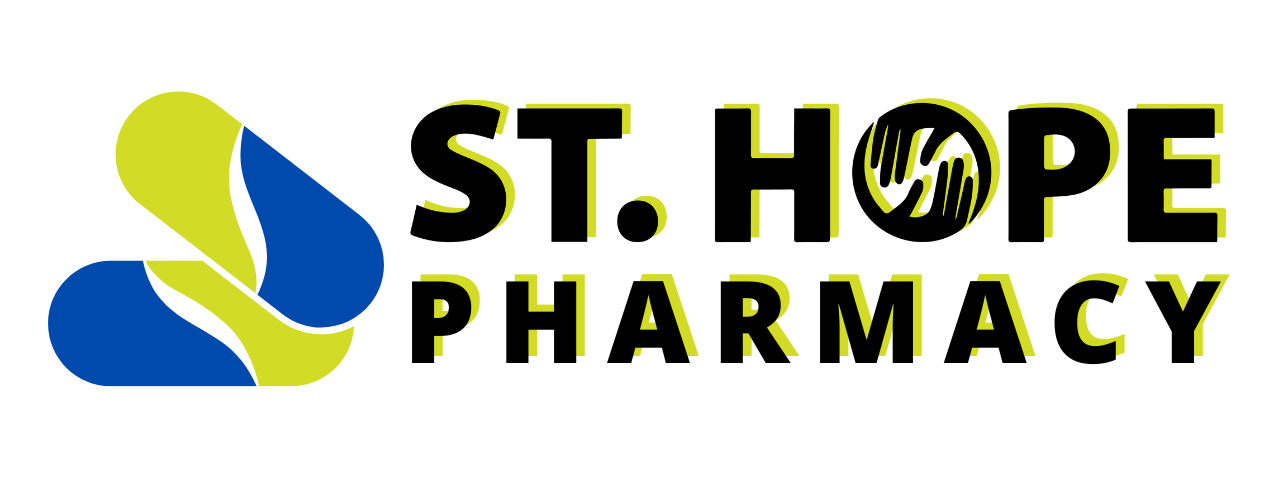Why Do Medication Shortages Occur?

Medication shortages have become increasingly prominent, especially during the COVID-19 pandemic. These shortages can have serious implications for patient care, delaying necessary treatments and forcing healthcare providers to resort to less effective alternatives.
Shortages can have far-reaching and potentially serious consequences for patients, many of whom may not be able to safely forego medications. Many patients and family members are forced to spend significant time and effort locating a pharmacy that can fill a vital prescription in a stressful, anxiety-inducing process that ideally should never occur.
Manufacturing and Quality Issues
One of the primary reasons for medication shortages is manufacturing and quality problems. Pharmaceutical manufacturing is a highly complex process that requires stringent quality control. Issues such as contamination, equipment malfunctions and non-compliance with regulatory standards can lead to delays or halted production.
When a manufacturer or regulator identifies a quality problem, production may be stopped temporarily or even permanently, leading to a shortage of the affected medication. The FDA provides a detailed drug shortage database to help patients and doctors identify current shortages.
Supply Chain Disruptions
The pharmaceutical supply chain is intricate and globe-spanning. Production typically involves numerous suppliers for raw materials, active pharmaceutical ingredients (APIs) and packaging components. Disruptions at any point in this chain can cause significant delays.
Natural disasters, geopolitical tensions and logistical challenges can prevent the timely delivery of essential components.
For example, the COVID-19 pandemic severely impacted global supply chains, causing delays in the transportation of raw materials and finished products, including for many drugs and healthcare products.
Increased Demand
Sudden spikes in demand can outpace production capabilities, leading to shortages. During the COVID-19 pandemic, there was an unprecedented increase in the demand for certain medications, such as those used for respiratory conditions and critical care. This surge in demand overwhelmed the existing supply chains, which were not equipped to handle such rapid increases. Seasonal illnesses, such as the flu, can also lead to higher demand for specific medications, further straining supplies.
Regulatory and Business Decisions
Regulatory requirements and business decisions by pharmaceutical companies also contribute to shortages. Companies may choose to discontinue less profitable drugs, focusing instead on newer, more lucrative medications.
Regulatory issues, such as the need for reapproval of manufacturing processes or facilities, can delay production. Mergers and acquisitions in the pharmaceutical industry can also reduce the number of manufacturers producing certain drugs, increasing the risk of shortages when production issues arise.
Limited Production Capacity
Certain medications, particularly older and less common ones, are produced by a limited number of manufacturers. This concentration of production capacity means that any disruption at one manufacturer can have a significant impact on the overall supply.
For example, sterile injectable drugs often have few manufacturers. Production issues at any of these facilities can lead to widespread shortages.
Impact of the COVID-19 Pandemic
The COVID-19 pandemic exacerbated existing vulnerabilities in the pharmaceutical supply chain and highlighted the interdependencies of global health systems. The pandemic caused several significant challenges such as:
- Labor shortages: Lockdowns and health concerns led to reduced workforce availability in manufacturing and distribution sectors.
- Disrupted manufacturing and distribution channels: Travel restrictions and port closures hampered the movement of raw materials and finished products.
- Increased demand for medications: The surge in cases of COVID-19 and related respiratory illnesses led to a spike in demand for treatments such as antivirals and supportive care medications.
The FDA worked closely with manufacturers to address these challenges. They monitored the supply chain more closely and encouraged manufacturers to evaluate their entire supply chains, including active pharmaceutical ingredients and finished dose forms. Despite these efforts, the scale of the pandemic made it difficult to prevent shortages.
Mitigating Medication Shortages
Addressing medication shortages requires a multifaceted approach involving regulatory bodies, manufacturers and healthcare providers.
The FDA plays a critical role in monitoring drug supplies and working with manufacturers to prevent and shorten shortages. Efforts include encouraging manufacturers to report potential disruptions, increasing transparency in the supply chain and facilitating the importation of medications from other countries when necessary.
The Coronavirus Aid, Relief and Economic Security (CARES) Act enhanced the FDA's ability to identify and address drug shortages by requiring manufacturers to develop risk management plans and report potential disruptions in the production of critical drugs. The FDA has also issued guidance to help increase the supply of essential medications during times of increased demand.
Get the Medications You Need at St. Hope Pharmacy in Houston, TX
At St. Hope Pharmacy, we know the critical importance of medication availability. Our dedicated team is committed to providing timely and effective solutions to ensure that you have access to the medications you need.
Contact us today here on our website or give us a call at (713) 778-1300 to fill a prescription.


